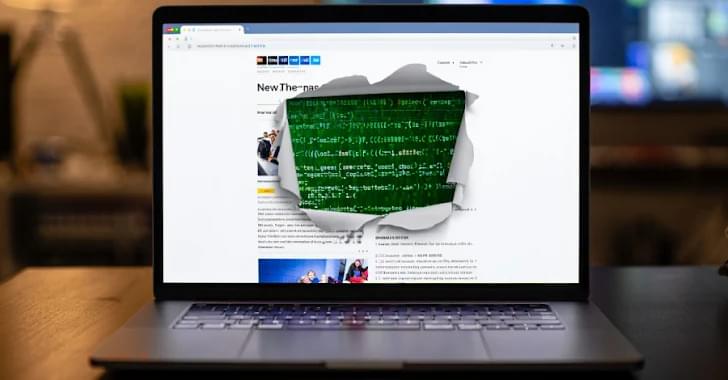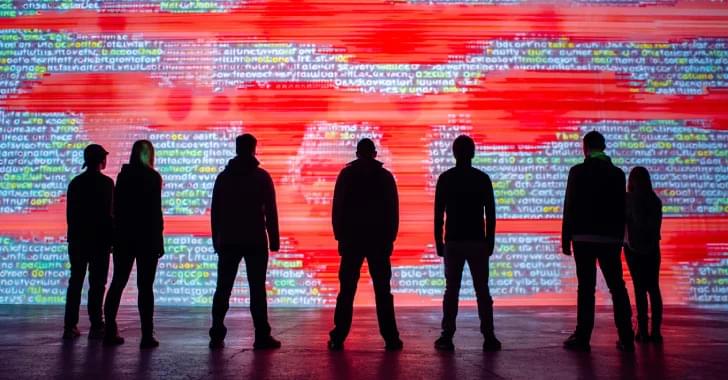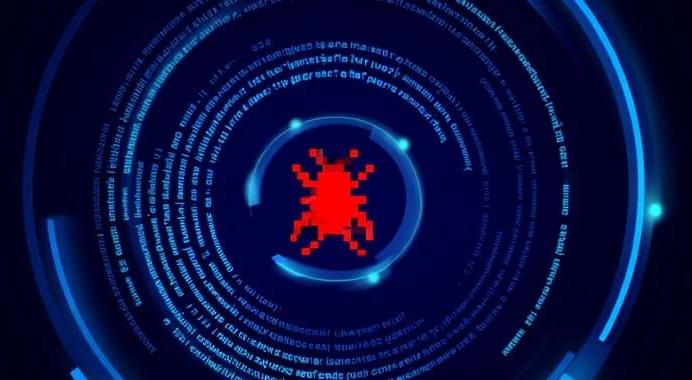Generative AI can boost productivity—but without safeguards, it also opens the door to phishing, fraud & model manipulation. Learn more from Acronis TRU on why AI security must be built in from the start.



Microsoft is planning to introduce a new Edge security feature that will protect users against malicious extensions sideloaded into the web browser.
Edge enables developers to install extensions locally (also known as sideloading) for testing purposes before publishing them to the Microsoft Edge Add-ons store by toggling the “Developer Mode” option on the Extensions management page and clicking the “Load unpacked” button.
However, users can also sideload third-party extensions that aren’t distributed through official channels and aren’t scanned for malware.



Microsoft Threat Intelligence reports that a new variant of the XCSSET macOS malware has been detected in limited attacks, incorporating several new features, including enhanced browser targeting, clipboard hijacking, and improved persistence mechanisms.
XCSSET is a modular macOS malware that acts as an infostealer and cryptocurrency stealer, stealing Notes, cryptocurrency wallets, and browser data from infected devices. The malware spreads by searching for and infecting other Xcode projects found on the device, so that the malware is executed when the project is built.
“The XCSSET malware is designed to infect Xcode projects, typically used by software developers, and run while an Xcode project is being built,” explains Microsoft.




Cybersecurity researchers have disclosed details of a new botnet that customers can rent access to conduct distributed denial-of-service (DDoS) attacks against targets of interest.
The ShadowV2 botnet, according to Darktrace, predominantly targets misconfigured Docker containers on Amazon Web Services (AWS) cloud servers to deploy a Go-based malware that turns infected systems into attack nodes and co-opt them into a larger DDoS botnet. The cybersecurity company said it detected the malware targeting its honeypots on June 24, 2025.
“At the center of this campaign is a Python-based command-and-control (C2) framework hosted on GitHub Codespaces,” security researcher Nathaniel Bill said in a report shared with The Hacker News.

Cloudflare has mitigated a distributed denial-of-service (DDoS) attack that peaked at a record-breaking 22.2 terabits per second (Tbps) and 10.6 billion packets per second (Bpps).
DDoS attacks typically exhaust either system or network resources, aiming to make services slow or unavailable to legitimate users.
Record-breaking DDoS attacks are becoming more frequent, as just three weeks ago, Cloudflare disclosed that it mitigated a massive 11.5 Tbps and 5.1 Bpps attack, the largest publicly announced at the time.